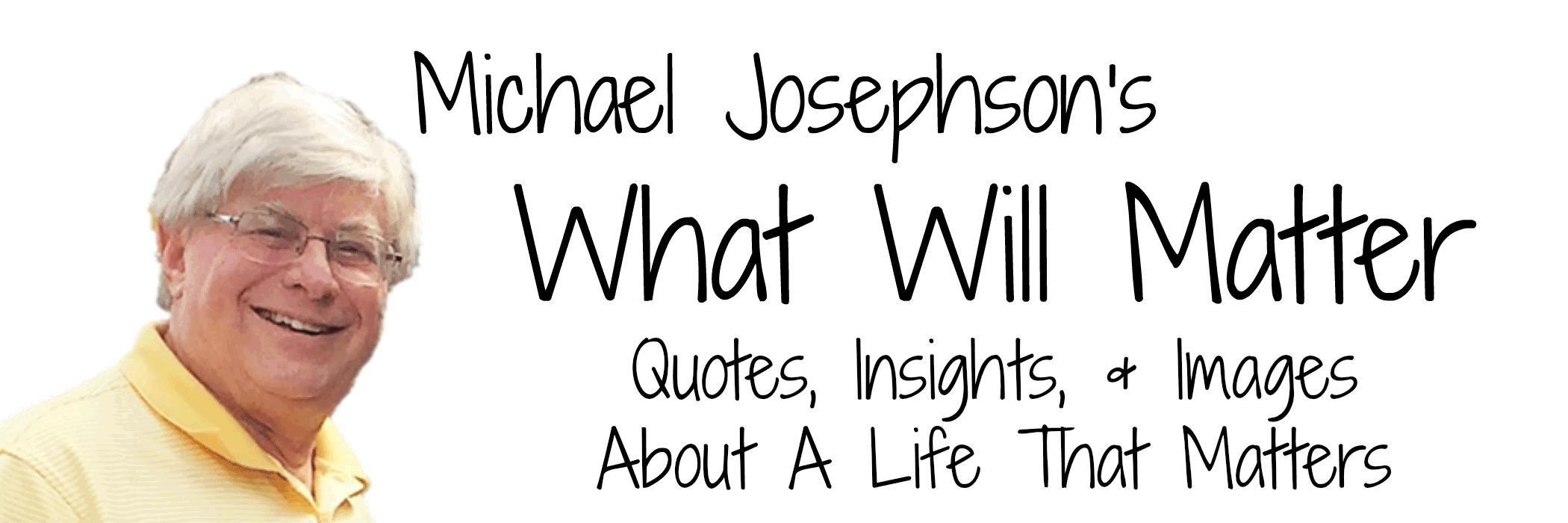In yesterday’s commentary, I talked about a teacher named Shavonne who was at wits end with several students, including Leon, whose lack of self-control when he became angry or frustrated constantly created trouble. She was certain that nothing short of intense therapy could change his behavior. Changing Leon’s behavior will be a challenge, but it has to start with changing Shavonne’s beliefs that nothing could be done.
We can change Shavonne’s pessimism and help her become proactive and confident in her role as a change agent if we give her strategies that convince her that she can affect the way Leon deals with his negative impulses. These strategies emerge from a growing body of research and theory on how to create meaningful and sustainable change.
Let me introduce you to some key elements of these strategies by discussing Leon’s impulse control issues, the most difficult of the two change challenges (Leon and Shavonne). To be sure, changing entrenched character traits is not easy or certain, but it’s far from impossible, and classroom teachers and parents can often accomplish this with a clear strategy.
The starting point is the observation that William James made more than 100 years ago, “Perhaps the greatest discovery of this century is that if you can change your attitude, you can change your life.” Thus, the key is to change attitudes, and the underlying driver of attitudes are beliefs about ourselves and how the world works.
I am convinced that whether the desired change is more positive behavior or less negative conduct, we have to start by identifying and describing desired outcomes and then help the people we want to change to form two critical beliefs: 1) “I can do it” and 2) “It’s worth it.”*
The “I can do it” aspect of the formula focuses on creating confidence that, with focused effort, success is probable, if not inevitable. Without a firm conviction that the goal is achievable, the motivation needed for ongoing effort will be impossible to muster.
The “It’s worth it” element is the other critical piece of motivation.
So, let’s apply this strategy to Leon’s anger management.
Our best bet to change his behavior is to instill in him the belief that he can learn to resist his negative impulses if he really wants to, and that whatever work it would take to develop greater self-control is worth it, because it would dramatically improve his life.
How do we do that? First, we can prove to him that he can do it by reminding him of all the times he has done it. Help him identify situations where, despite his inclination to lash out, he restrained himself.
We also can support his “I can do it” conviction by giving him examples of others just like him who have done it. And, we could teach him impulse control strategies (like counting to 10 before reacting), and praise him whenever he uses them.
Next, we need to instill the belief that his life would improve greatly if he could avoid all the bad things that happen when he loses control. We also should help him see how many good things could happen when he doesn’t give in to his anger. We could show him how his opportunities increase and his relationships improve.
These techniques can work and they can be employed by teachers and parents. Still, we have to be realistic. Instilling these beliefs and changing entrenched attitudes and habits is not easy. It will take persistent ongoing reinforcement, but our message to teachers like Shavonne is: “You can do it and it’s worth it!”
This is Michael Josephson reminding you that character counts.
* The “I can do it and it’s worth it” concept is from Influencer: The Power to Change Anything, an excellent book on change by a quintet of business consultants: Kerry Patterson, Joseph Grenny, David Maxfield, Ron McMillan, and Al Switzler. Another outstanding book is Switch by Dan and Chip Heath. Both books have had a great impact on my thinking and strategies, and I recommend them.
